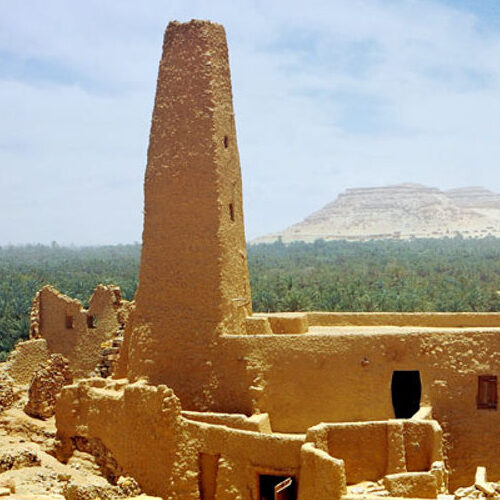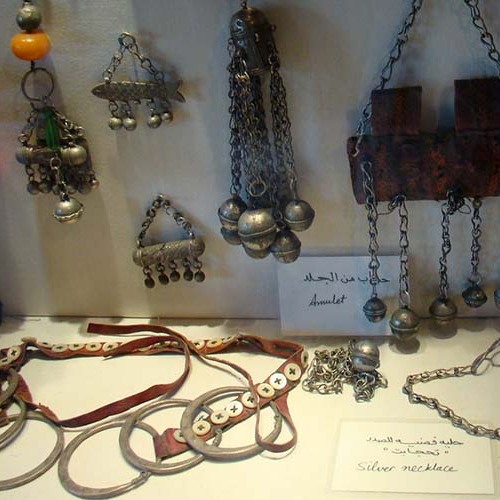No other nation in the world says ‘Welcome’ as often as the Egyptians, and every time, they mean it. While the ancient civilization of Egypt continues to amaze, contemporary Egyptians are equally remarkable.
Temple of the Oracle
Temple of the Oracle in Siwa
Temple of the Oracle in Siwa: A Historic Site of Ancient Divination
The Temple of the Oracle, located near Siwa, holds a significant place in history, particularly for its connection to Alexander the Great and the ancient Greek oracle of Jupiter Amun.
1. Historical Significance
- Ancient Oracle: The temple is believed to have housed the renowned Greek oracle of Jupiter Amun.
- Alexander the Great’s Visit: One of the temple’s most famous visitors was Alexander the Great, who visited in 331 BC during his first trip to Egypt.
- Oracle’s Prophecy: According to legend, Alexander asked if he would rule the world, to which the oracle ambiguously replied that he would, but not for a long time.
2. Architectural Features
- Structure of the Temple: The Temple of the Oracle boasts a grand vestibule and a spacious forecourt, reflecting the architectural styles of the period.
3. Proximity to Other Historical Sites
- Temple of Amun: Located south of the Temple of the Oracle, the Temple of Amun dates back to the 30th dynasty, offering another glimpse into the ancient world.
4. Access and Location
- Ease of Access: Situated just 4 km east of the current town of Siwa, the temple is relatively accessible for visitors interested in exploring ancient Egyptian and Greek history.
In summary, the Temple of the Oracle in Siwa is not just an archaeological site but a portal to the past, where visitors can walk in the footsteps of historical figures like Alexander the Great and delve into the mysteries of ancient oracles. Its proximity to other historical sites, like the Temple of Amun, further enhances its appeal to those interested in the rich tapestry of Egypt’s history.
Created On March 18, 2020
Updated On Aug , 2024
SIWA OASIS Travel Guide



